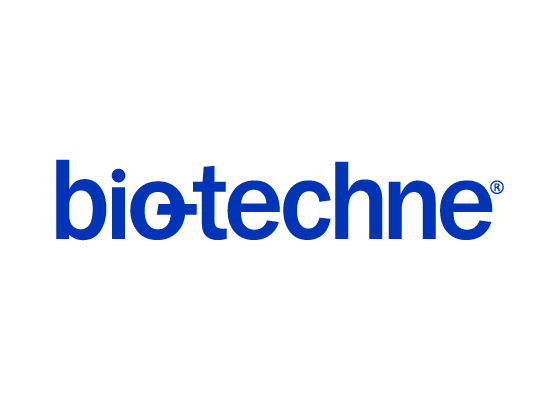Mouse Fc gamma RII/RIII (CD32/CD16) Alexa Fluor® 594-conjugated Antibody
R&D Systems, part of Bio-Techne | Catalog # FAB1460T


Key Product Details
Species Reactivity
Validated:
Applications
Label
Antibody Source
Product Summary
Immunogen
Thr30-Arg207
Accession # P08101
Specificity
Clonality
Host
Isotype
Applications
Flow Cytometry
Sample: Mouse splenocytes
Formulation, Preparation, and Storage
Formulation
Shipping
Stability & Storage
Background: Fc gamma RII/RIII (CD32/CD16)
References
- van de Winkel, J. and P. Capes (1993) Immunol. Today 14:215.
- Raghaven, M. and P. Bjorkman (1996) Annu. Rev. Cell Dev. Biol. 12:181.
- Ravetch, J. and S. Bolland (2001) Annu. Rev. Immunol. 19:275.
- Takai, T. (2002) Nature Rev. Immunol. 2:580.
- Ravetch, J. and L. Lanier (2000) Science 290:84.
Long Name
Alternate Names
UniProt
Additional Fc gamma RII/RIII (CD32/CD16) Products
Product Specific Notices
This product is provided under an agreement between Life Technologies Corporation and R&D Systems, Inc, and the manufacture, use, sale or import of this product is subject to one or more US patents and corresponding non-US equivalents, owned by Life Technologies Corporation and its affiliates. The purchase of this product conveys to the buyer the non-transferable right to use the purchased amount of the product and components of the product only in research conducted by the buyer (whether the buyer is an academic or for-profit entity). The sale of this product is expressly conditioned on the buyer not using the product or its components (1) in manufacturing; (2) to provide a service, information, or data to an unaffiliated third party for payment; (3) for therapeutic, diagnostic or prophylactic purposes; (4) to resell, sell, or otherwise transfer this product or its components to any third party, or for any other commercial purpose. Life Technologies Corporation will not assert a claim against the buyer of the infringement of the above patents based on the manufacture, use or sale of a commercial product developed in research by the buyer in which this product or its components was employed, provided that neither this product nor any of its components was used in the manufacture of such product. For information on purchasing a license to this product for purposes other than research, contact Life Technologies Corporation, Cell Analysis Business Unit, Business Development, 29851 Willow Creek Road, Eugene, OR 97402, Tel: (541) 465-8300. Fax: (541) 335-0354.
For research use only